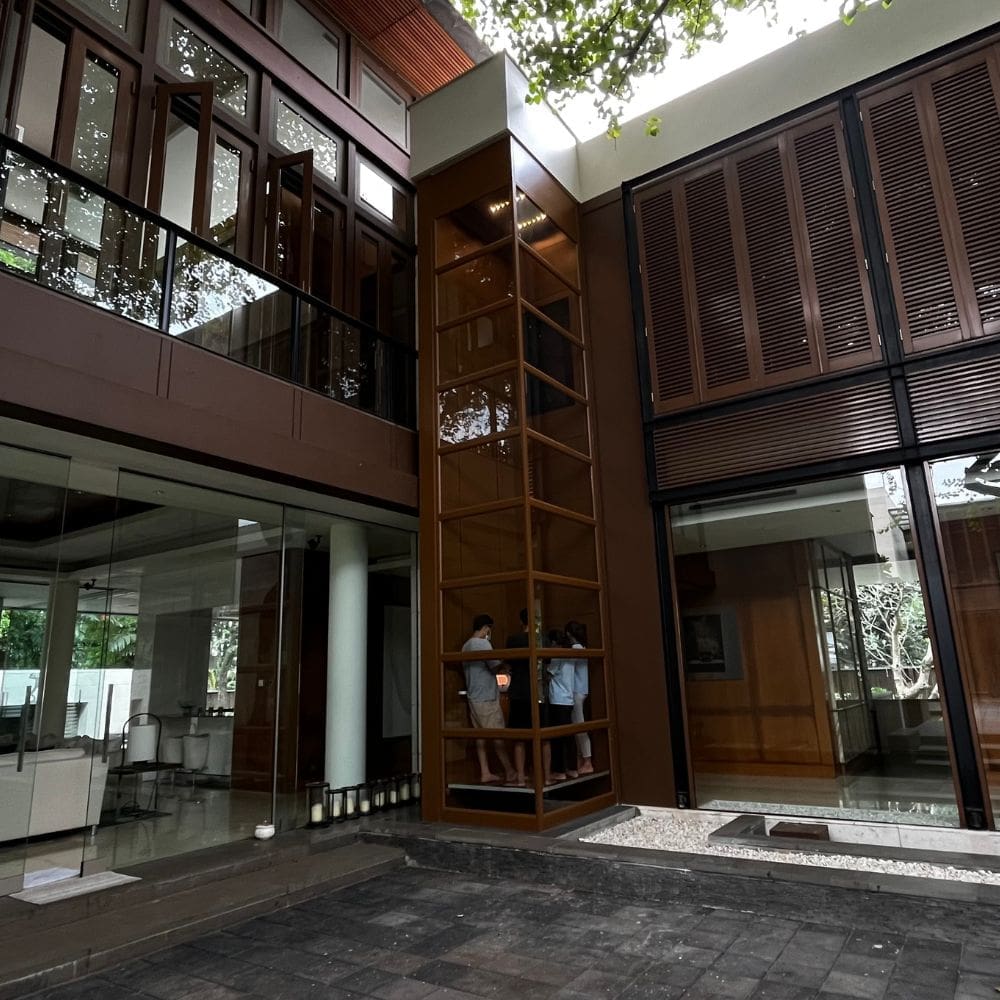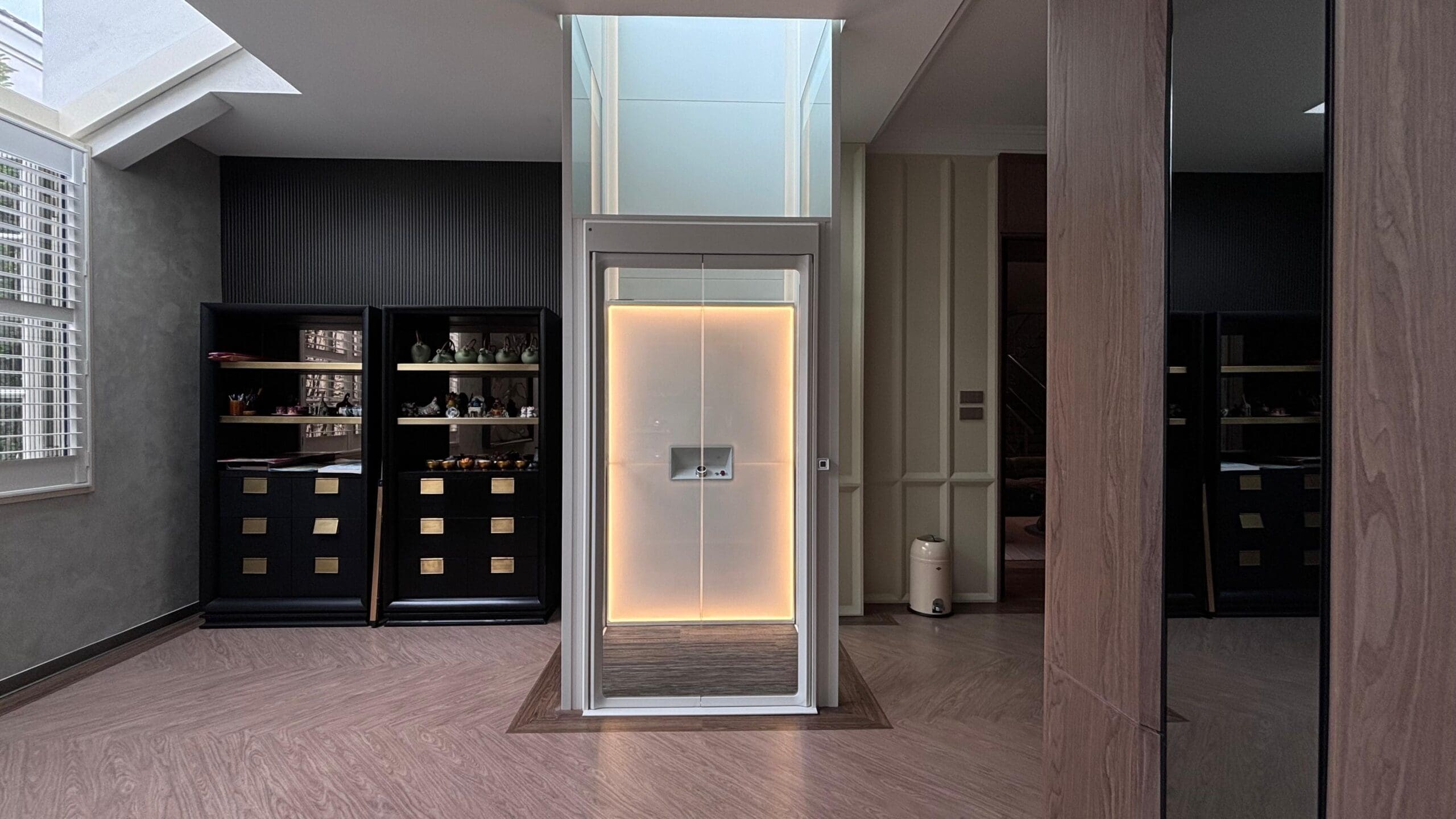In the journey of human civilization, the concept of home mobility has undergone a fascinating evolution. From the humble beginnings of handrails to the sophisticated technology of home lifts, the trajectory of improving accessibility within homes reflects both societal progress and technological advancement. Let’s explore this evolution, tracing the path from basic aids to modern solutions that enhance convenience and inclusivity.
Handrails: The Foundation of Home Accessibility
The earliest form of home mobility assistance came in the form of handrails. Simple yet effective, handrails provided support and stability, particularly on stairs or in areas where balance might be compromised. Initially constructed from basic materials like wood or metal, handrails were primarily installed in public spaces such as staircases in buildings or outdoor pathways. Over time, their utility became evident in homes as well, especially for the elderly or individuals with mobility challenges.
Rise of Ramps and Platform Lifts
As awareness of accessibility needs grew, so did the innovation in mobility solutions. Ramps emerged as a vital addition to homes, eliminating the need for stairs altogether in certain areas. Whether it was a gentle incline at the entrance or a gradual slope within the house, ramps provided a more seamless transition for individuals using wheelchairs or those with difficulty navigating steps.
Platform lifts represented another significant advancement, especially for multi-story homes. These lifts, often installed discreetly in stairwells or alongside staircases, offered a convenient way to traverse floors without the need for strenuous physical effort. While initially more commonly found in commercial buildings, the demand for residential platform lifts surged as homeowners recognized the value of such accessibility features.
Enter the Home Lift: Elevating Convenience and Comfort
In recent years, the pinnacle of home mobility solutions has been the advent of home lifts. Combining cutting-edge technology with sleek design, home lifts offer unparalleled convenience and accessibility within residential spaces. Unlike traditional elevators found in larger buildings, home lifts are specifically tailored for domestic use, fitting seamlessly into the layout and aesthetics of modern homes.
These lifts come in various configurations, from compact designs suitable for tight spaces to luxurious models equipped with advanced features like touchscreen controls and customizable interiors. With options for both indoor and outdoor installation, home lifts provide homeowners with the freedom to move between floors effortlessly, enhancing comfort and independence for all occupants.
Looking Ahead: The Future of Home Mobility
As technology continues to advance, the evolution of home mobility shows no signs of slowing down. Innovations such as smart home integration, remote monitoring, and energy-efficient designs are shaping the next generation of mobility solutions. Additionally, an increasing emphasis on universal design principles ensures that homes are not just accessible but inclusive, accommodating individuals of all ages and abilities.
In conclusion, the evolution of home mobility from handrails to home lifts exemplifies the progress of society in embracing inclusivity and accessibility within the built environment. By prioritizing innovation and design excellence, we can create homes that not only meet the needs of today but anticipate the challenges of tomorrow.
If you want to know more about home lifts, visit our website at www.skelevator.co.id or contact us via WhatsApp at 081211312224.


